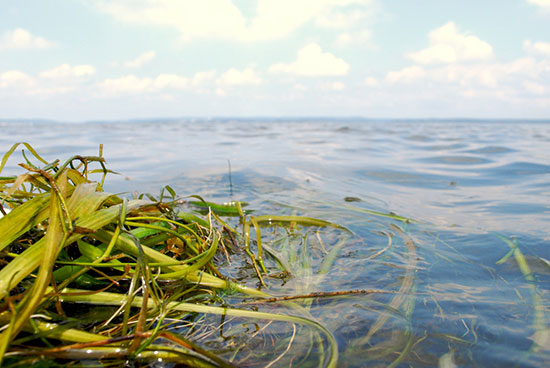Timing and track curbed Sandy’s impact on Chesapeake Bay
A University of Maryland assessment shows the hurricane had “ephemeral” impacts on water quality.
A recent assessment of Superstorm Sandy shows the hurricane did less damage to the Chesapeake Bay than some feared, thanks in large part to its timing and track.
According to a University of Maryland report, the late-October hurricane whose path traveled north of the Bay had “ephemeral” impacts on Bay water quality—especially when compared to past storms.

The summertime arrival of Tropical Storm Agnes in 1972, for instance, coincided with a critical growing period for oysters, crabs and underwater grasses, and had a damaging effect on all three. But because Sandy arrived in the fall, the nutrients and sediment that it sent into the Bay were unable to fuel harmful algae blooms or damage the underwater grasses that had already begun to die back for the season. And while Tropical Storm Lee in 2011 brought heavy rainfall and a large plume of sediment to the Susquehanna River, the bulk of Sandy’s rainfall was concentrated elsewhere, meaning minimal scouring of sediment from behind the Conowingo Dam and “virtually no sediment plume” in the Upper Bay.
These findings echo those released in November by the National Oceanic and Atmospheric Administration (NOAA) and the U.S. Geological Survey (USGS).
Read more about the ecological impacts of Sandy on the Chesapeake Bay.

Comments
There are no comments.
Thank you!
Your comment has been received. Before it can be published, the comment will be reviewed by our team to ensure it adheres with our rules of engagement.
Back to recent stories